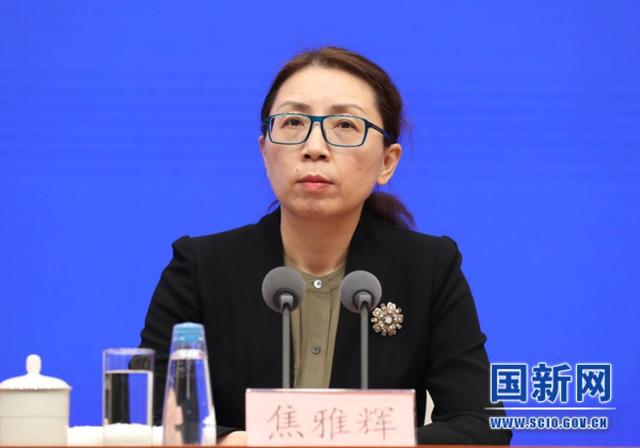New COVID guidelines ensure treatment for patients in need


Changes to the latest COVID-19 diagnosis and treatment guidelines released this week reflect a move toward implementing more targeted, scientific virus control work based on research into mutations and on-the-ground experience, Jiao Yahui, director of the National Health Commission's Bureau of Medical Administration, said on Friday.
Though some changes, such as monitoring mild cases at centralized quarantine sites rather than admitting them to specialized hospitals, appear to be less stringent, they do not signal a relaxing of alertness, she said during a news conference held by the State Council Information Office.
"Local authorities should still enforce virus control measures in a careful and cautious manner," she said.
Jiao said that at quarantine facilities for mild cases, medical workers will be on-site to deliver treatment and monitor health.
Adjusting the value of the cycle threshold (CT) from 40 to 35 — which in effect excludes people with very low viral loads who are no longer infectious from being classified as positive cases — is aimed at ensuring medical resources are reserved for patients most in need, while allowing the public to access other medical services.
"The adjustment further demonstrates our prioritization of people's lives and health," she said.
- Shanghai certifies 30 regional HQs of multinationals
- Shanghai plans extensive promotional of high-growth enterprises
- Hainan launches International Talent Club
- Nvidia founder and CEO Jensen Huang says he loves competition
- Evidence of inhuman atrocities
- New guideline aims to impart skills training to 30m people by 2027





































